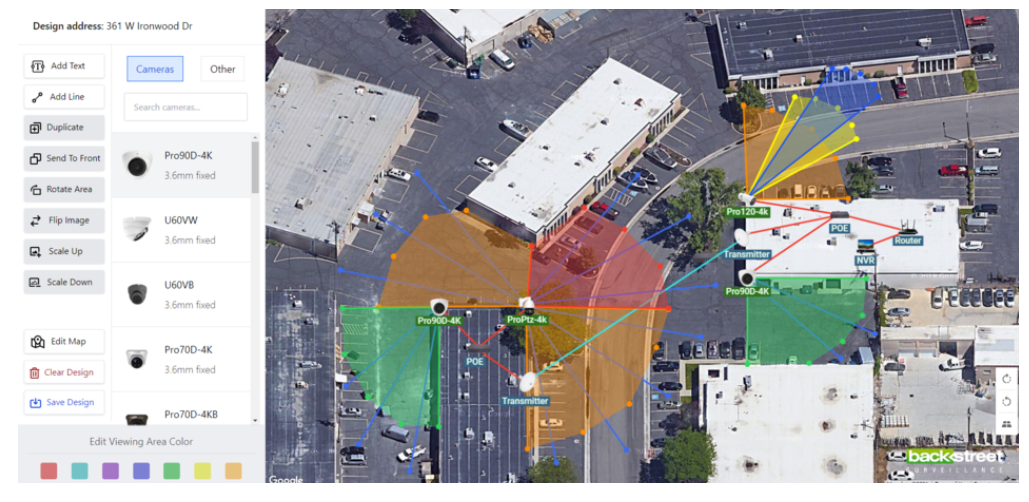Enter Password to Unlock: 30/30 Attempts Remaining
In a world filled with passwords, codes, and locks, it’s easy to feel like we’re living in a spy movie. From our phones to our emails, everything requires a secret key. But what happens when you see the message: “Enter the password to unlock, 30/30 attempts remaining”? Don’t worry; this isn’t a scene from Mission Impossible. It’s just a friendly reminder that you have all the chance to remember your password. Let’s explore what this means, why it’s essential, and how you can ensure you never run out of those precious attempts.
Introduction to Passwords and Unlock Attempts
Imagine trying to unlock your device or account and being greeted with the message: Enter the password to unlock, with 30/30 attempts remaining. It sounds a bit ominous, but it’s a safety feature that protects your information. The idea is simple: you have a limited number of tries to enter the correct password before the system locks you out temporarily or takes other security measures.
Why 30 Attempts?
Thirty attempts seem like a lot, but it balances security and convenience. Too few attempts, and you might get locked out too quickly. Too many, and potential hackers could have more opportunities to guess your password.
The Recipe for Password Success
Creating and managing passwords requires the right ingredients and steps, like baking a perfect cake. Here’s your recipe for password success:
Step-by-Step Guide to Managing Passwords
Step 1: Creating a Strong Password
- Length Matters: Aim for at least 12 characters. The longer, the better.
- Funny Note: Think of it as a mini novel. War and Peace is in password form, is anyone?
- Mix It Up: Use a combination of letters (both upper and lower case), numbers, and symbols.
- Funny Note: Make it look like a cat walked across your keyboard.
- Avoid Common Words: Avoid apparent choices like “password123” or “let me in”.
- Funny Note: Your dog’s name might be cute, but it’s not a secret.
Step 2: Storing Your Passwords
- Use a Password Manager: Tools like LastPass or 1Password can store your passwords securely.
- Funny Note: Consider it a digital vault that even James Bond would envy.
- Write It Down (Securely): If you prefer old-school methods, write your passwords in a notebook and keep it in a safe place.
- Funny Note: Don’t use “1234” as the combination for the safe.
Step 3: Using Your Passwords
- Keep It Updated: Change your passwords regularly, especially for critical accounts.
- Funny Note: Treat it like a toothbrush. Change it regularly, and don’t share it.
- Two-Factor Authentication: Add an extra layer of security by enabling two-factor authentication (2FA).
- Funny Note: It’s like having a security guard and a guard dog.
Understanding the 30 Attempts
Seeing the message “30/30 attempts remaining” means you have 30 chances to get your password right. This system is in place to protect your account from unauthorized access. Here’s how to handle it without breaking a sweat:
Step 1: Stay Calm
First, take a deep breath. You have plenty of attempts left.
Step 2: Double-Check Your Password
Make sure you’re entering the password correctly. Check for:
- Caps Lock: Is it on or off?
- Typos: Are you mistyping something?
- Correct Account: Are you sure this is the right password for the correct account?
Step 3: Use a Password Manager
If you’re using a password manager, retrieve your password from there. That’s what it’s for!
Step 4: Recover Your Password
If you’re really stuck, use the “Forgot Password” option to reset it. This usually involves verifying your identity through email or phone.
Adding Humor to Your Password Journey
Let’s lighten things up with some humorous tips:
- Password Hint: “Favorite childhood memory” – just don’t make it “forgetting passwords.”
- Password Strength: Make it as strong as your morning coffee.
- Digital Security: It’s like wearing a seatbelt. Uncomfortable at first but essential.
Tips for Avoiding Password Lockouts
- Use Unique Passwords: Each account should have its own unique password.
- Enable Biometric Logins: Use fingerprint or facial recognition where possible.
- Regular Updates: Change your passwords periodically.
- Backup Codes: Keep backup codes for critical accounts.
Frequently Asked Questions (FAQs)
Q1: Why do I see “30/30 attempts remaining”?
A1: This message indicates that you have 30 chances to enter the correct password before the system takes additional security measures, like temporarily locking your account.
Q2: What should I do if I’m down to my last few attempts?
A2: Double-check your password entry, ensure no typos, and use a password manager if you have one. If all else fails, use the “Forgot Password” option to reset it.
Q3: How can I remember my passwords better?
A3: Use a password manager to keep track of your passwords. If you prefer not to, write them down in a secure place. Use memorable but complex passwords that combine various elements.
Q4: What happens if I run out of attempts?
A4: The system may temporarily lock your account if you use up all your attempts. To regain access, follow the account recovery process.
Q5: Are password managers safe?
A5: Yes, reputable password managers are designed to be secure and protect your passwords. They use strong encryption to keep your information safe.
Conclusion
The message “Enter password to unlock, 30/30 attempts remaining” is a friendly reminder of the security measures to protect your accounts. Following the steps outlined in this article, you can create strong passwords, manage them effectively, and avoid running out of attempts. Remember, passwords are the keys to your digital life, so treat them with care and humour. Happy unlocking!
There you have it—a straightforward guide to understanding and managing the “30/30 attempts remaining” message, complete with humour and practical tips. Stay secure, and keep those passwords strong!
Software Development as a Service: Transforming Business Solutions










